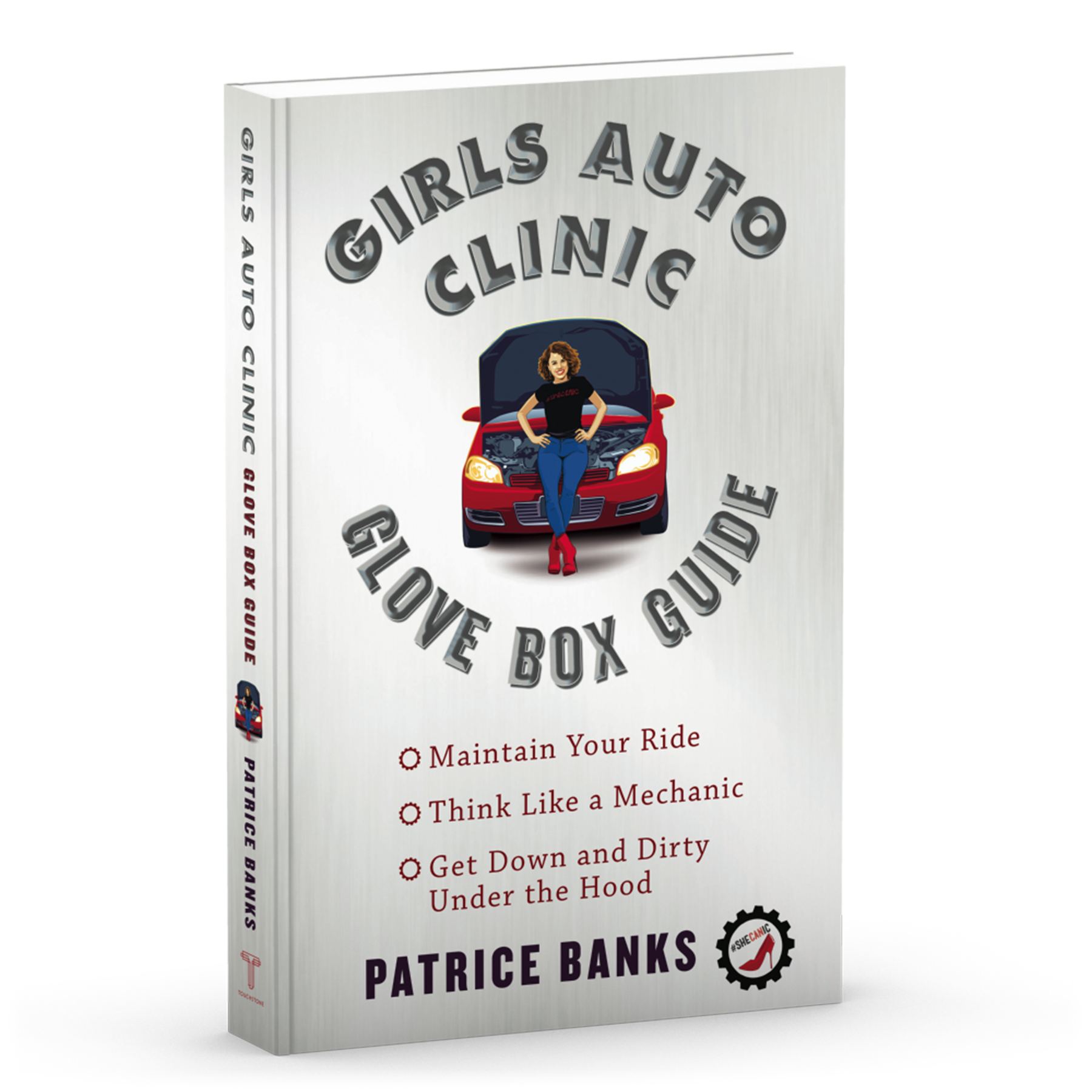I'm Not Ready For Winter, But My Car Will Be
I’m a summer girl and I love the beautiful colors of fall and the fun of football. Halloween, Thanksgiving, and Christmas are my favorite times of the year because these times are filled with gatherings, love, family, and friends. But after that, I want to go straight to flowers blooming, bees buzzing, and no bulky jackets! However, I'll be in the Philly area for the 2024 winter season unless I win the lottery tonight. Even if I'm not ready, I need to prepare my car for winter.
We could do it together! Here's to hoping it's not a cold, stormy winter, but here's a list of tips to get your car ready!
Batteries
Guess who else doesn't like the cold?
Batteries, hate to start when it is cold, especially when they are old! Batteries last about 4 years with the majority of them dying before their 5th birthday. So, if you know your battery is getting to the 3-4 year age, it would be best to get your battery inspected and replaced before it gets too cold outside. The last thing you want is to come outside on a cold winter morning, running late for work, and your car won't start!
Oh, it has happened to me. There are often signs your battery is dying. If the lights on your car's headlights are dimmer than usual or your car is sluggish to start when you turn the ignition, your battery is probably getting old and will need to be replaced. Most repair shops have a battery tester that efficiently evaluates if your car's battery is on its way out.
Remember, your car's battery is rechargeable, and all rechargeable batteries eventually become nonchargeable. If you wait too long to replace the battery, a simple jump-start from another car or a battery booster will not start the car because the battery has become so drained it is nonchargeable. You will either need to have someone come to the car and replace the battery or tow the car to a repair shop. This, too has happened to me.
Also, check the battery for corrosion on the battery terminals. If you see white/greenish deposits on your battery, it is best to clean it off. You can use a Coke like soda or water with baking soda and a toothbrush to clean off the corrosion deposits. Or just ask your PCT (primary care technician) to clean the battery terminals for you. They also add a protective coating to prevent corrosion from occurring. Corrosion can cause a bad connection for the battery, and it will not start the car.
Wipers/Washer Fluid
Winter is perhaps the most critical time to check wipers and washer fluid. As we know, winter causes snow and morning dew to freeze to the windshield. Also, salt and sand thrown down on the roads to prevent freezing loves to stick to our car and windows. My biggest pet peeve of driving in the winter is the constant use of my wipers and washer fluid to clear the windshield of all the layer of grayish-white deposits.
Have worn wipers replaced before snow and ice come. Wipers should be replaced every six months under normal conditions. Wipers that are worn, skipping, squeaking, streaking on the windshield or, my favorite yet, splitting from the wiper arm, need to be replaced asap. The last thing you want is to drive down a highway with a white salty windshield you cannot see through. Oh, it's happened to this auto airhead before. Kinda scary. Replacing wipers is relatively quick and easy to do with practice. Ask your mechanic to show you how to replace them. Then practice a few times so you can do it yourself!
Side note *I also like to use my wipers and washer fluid WITH my ice scrapper to HELP remove frozen dew from the windshield in the morning. Please do not use your wipers to remove snow or heavy ice from your car's windshield. I've had customers who broke the wiper motor, which allows the wipers to move, because the motor could not push through all the heavy snow. This equates to $$ you didn't need to spend.
Tires & Brakes
The most important components to your car are your tires and brakes for obvious safety reason: they stop the vehicle with you press on the brake pedal. You’ll want your tires and brakes in good condition for winter to ensure maximum stopping power for your vehicle under snowy and icy conditions. Having maximum stopping power means maintaining the proper air pressure in your tires, having good tire tread, and having quality brake wear materials and brake fluid and ensure the entire brake system is working properly.
AWD isn’t useful if you don’t have good brakes and tires! Have your PCT perform a brake and tire inspection on your vehicle to check for tread wear, pad and rotor wear, and possible braking issues that may arise. Replace your tire(s) and/or brake pads immediately if the following is true.
Tire tread of any tire is at or below 3/32nds of an inch thickness. Watch a video on how to check tire tread
Any tire with uneven wear (must diagnose reason for uneven wear).
Brake pads with a thickness of less than 3/32nds inches.
Brake shoes with a thickness of 2/32 inches or less.
Rotors that are too thin, rusted, warped or cause the vehicle to shake while braking.
Other tips:
If your brakes pads or tires measure 4-6/32nds you have about 3 months left of usage depending on how you drive.
Pre-winter is a great time to also replace your brake fluid if it is dirty and old. Learn how to check your brake fluid and an easy way to tell if you need brakes!
75% of the braking is done of the front tires and brakes. Most of the weight of the vehicle is in the front of the car with the heavy engine and transmission and also when you brake, all the weight of the car and in the car shifts forward (physics terms called inertia). In order for tires to wear evenly throughout their life, you want to rotate them once a year. Also you’ll need to replace your front brake pads more often than the rear.
ABS is important to have activated and working during winter to prevent vehicle crashes when sliding on ice. If you have an ABS system and your is malfunctioning (ABS light will be illuminated on dashboard), take your vehicle to your PCT to diagnose the problem and repair the system. Not sure what ABS system is? Learn from Girls Auto Clinic Glove Box Guide!
Oil and Coolant
Oil and Coolant are like the lifelines of your engine. They relatively inexpensive yet they protect the most critical parts on the car like the engine and ensure you have a cozy ride in the cold nights of winter. Brake, Transmission and Power Steering fluids are also essential for the operation of your car. Fluids break down over time and must be replaced - some more than others. Engine oil is replaced most frequently usually every 5-10,000 miles on a car. I recommend performing a coolant drain and refill every 50,000 miles until your car has reached 100,000 miles. Then, I would do a coolant flush every year to protect your engine and cooling system components as they age and optimize the coolant temperature to ensure strong heat in the winter.
Power steering fluid, brake fluid, and transmission fluids (if applicable) will also need to be replaced in your vehicle. Right before winter is the best time to check these fluids for their condition and levels (low levels could indicate a leak)! The rule of thumb is to get this fluids check every year and replaced every 3-5 years.
Do you live in the Philly area and want to schedule an appointment for the a Winter Ready Check? Schedule online with the little chat button on the lower right corner or call/text




